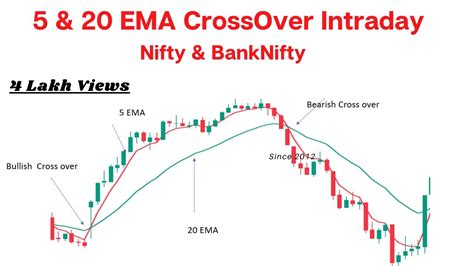Title: Multiplatform trade strategies: Solana (Sol) lessons
Introduction
The cryptocurrency trade has become increasingly popular in recent years, with many people and institutions that seek to capitalize on the volatility and growth of several digital assets. One of the most promising platforms for multiplatform trade is Solana (Sol), a rapid blockchain network that has gained significant attention of investors and merchants equally. In this article, we will explore some of the key lessons of Solana’s experience in the development of effective multiplatform trade strategies.
What is multiplatform trade?
Multiplatform trade refers to the practice of executing operations in multiple exchanges or platforms simultaneously, without requiring the need for additional infrastructure or software. This approach allows operators to take advantage of leverage and automate their commercial strategies, while reducing the risks associated with the unique exchange trade.
Solana’s trip to multiplatform trade
Solana, founded in 2017 by Anthony Di Iorio and Patrick Muldoon, has been at the forefront of the multiplatform commercial movement. The platform has gained significant traction since its launch, thanks to its high -performance blockchain technology, scalability and low rates.
One of Solana’s most notable achievements is its ability to support multiple exchanges, including Binance, Kraken and Unisswap. This allows operators to execute operations on different platforms, taking advantage of the best price and liquidity for their assets. In addition, Solana has developed a unique “layer 2” scale solution that allows faster transaction processing times, reducing sliding and increasing commercial efficiency.
Key lessons of Solana’s experience
- Diversification is key : By admitting multiple exchanges and platforms, Solana has been able to diversify its user base and increase its general negotiation volume. This approach also reduces the risk associated with the unique exchange trade.
- Scalability is crucial

: Solana’s capacity to admit high -performance scale solutions has allowed him to handle a significant number of operations simultaneously, which makes it an attractive platform for multiplatform trade.
- The leverage is done : By allowing merchants to execute multiple operations on different platforms, Solana has been able to take advantage of their positions, increase potential gains and reduce risks.
- Risk management is essential : To mitigate the risks associated with multiplatform trade, it is essential to implement solid risk management strategies, including position size, detention orders and diversification.
Other multiplatform trade strategies
While Solana has been a pioneer in the multiplatform trade, other platforms have also developed innovative solutions to execute operations in multiple exchanges. Some examples include:
- Chainlink : Chainlink is a decentralized oracle network that allows merchants to access data and active assets of several sources. By admitting multiple exchanges, Chainlink allows operators to execute operations on different platforms with a minimal additional infrastructure.
- Kraken’s API
: Kraken, another important exchange, has developed its own API to execute multiplatform operations. This provides a perfect user experience and reduces the need for additional software or infrastructure.
Conclusion
Multiplatform trade strategies have become increasingly popular in recent years, particularly on platforms like Solana (Sol). By admitting multiple exchanges and platforms, Sol has been able to diversify its user base and increase its general negotiation volume. However, it is essential to implement solid risk management strategies and take advantage of high -performance scale solutions to mitigate the risks associated with multiplatform trade.